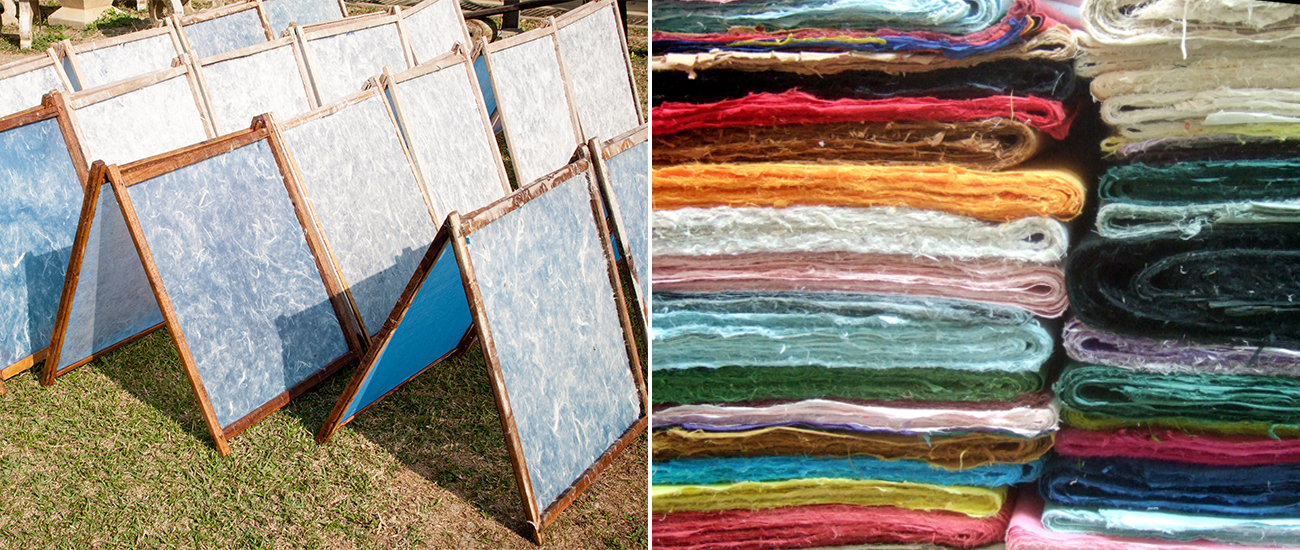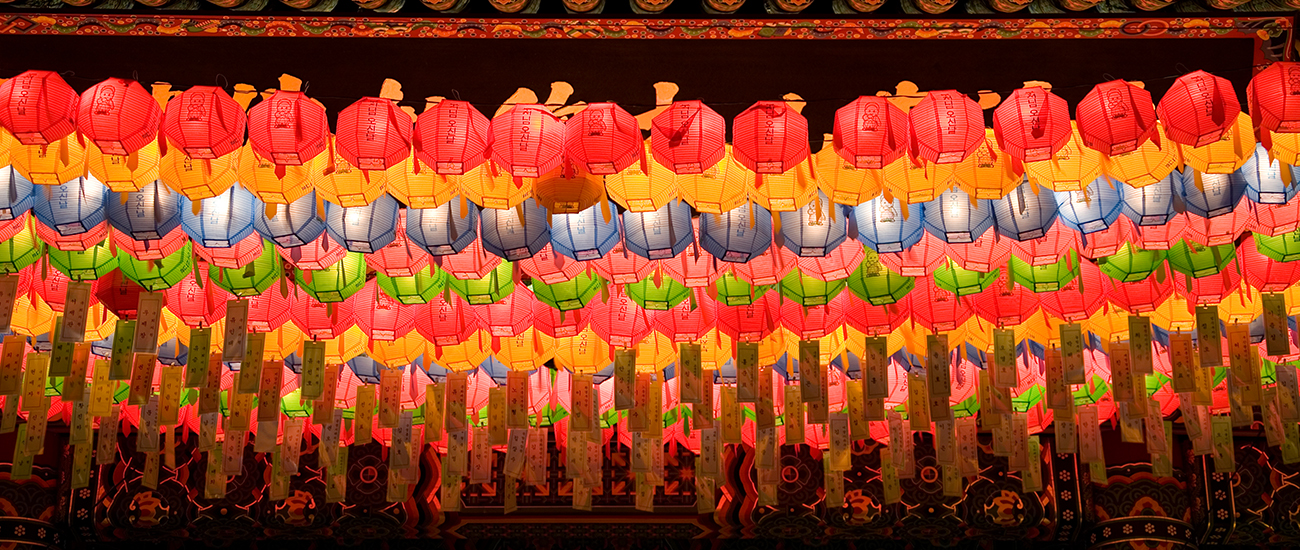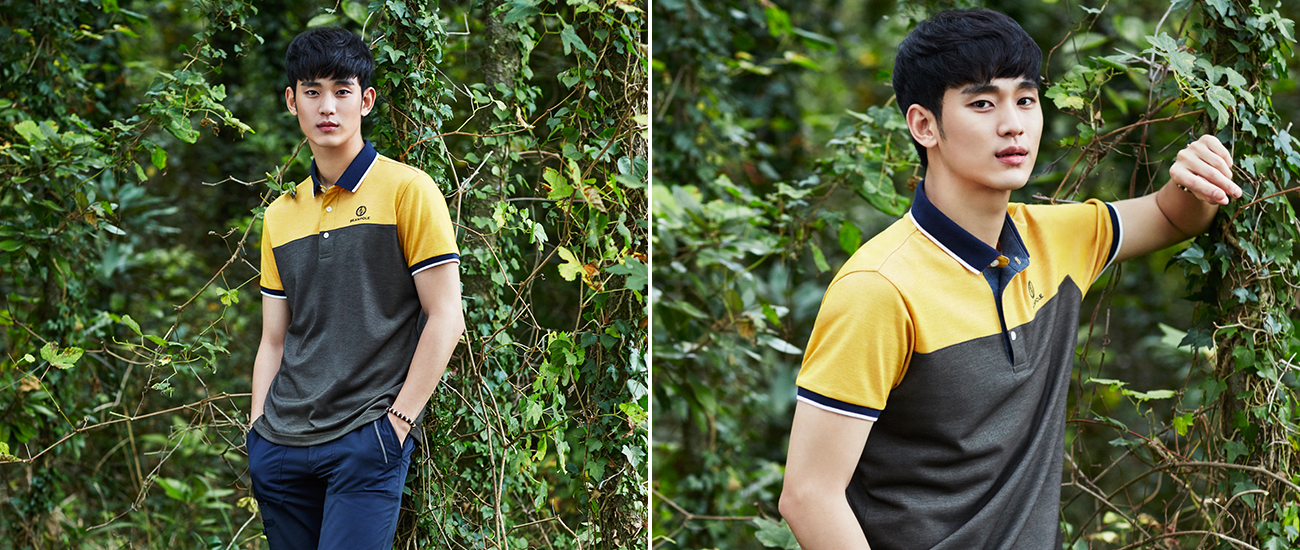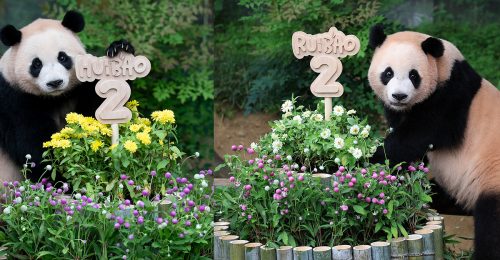Have you ever experienced summer heat so severe it made you wish your clothes were made of something so light, it was like not wearing anything at all ? Well, the designers at Beanpole have come up with solutions designed to keep people cool during the hot summer months – and are using paper-based fabrics to do so.
The inspiration is hanji, a traditional form of paper that has been produced in Korea for more than a thousand years.
Made from the bark of the paper mulberry tree, a plant native to the Korean peninsula, hanji is a material integral to Korea’s traditional design, craft and manufacturing history.
The paper is used most notably to make Korea’s iconic battling kites – shield-shaped designs that hobbyists often pitted against one another in mock aerial combat.
Hanji is also used to make the distinctive paper lanterns that adorn Buddhist temples around Korea in May every year in celebration of Buddha’s birthday. The Seoul Lotus Lantern Festival, held annually in early summer, is a veritable festival for adherent Buddhists and craft enthusiasts alike. At the festival, vast and intricate lantern sculptures made of hanji become the centerpieces of a candle-lit street procession through the streets of the capital.
Korea’s hot, humid summers have led a great deal of craftspeople and designers to consider using hanji to make clothing.
In fact, in years gone by the Korean military even made hanji armor. Suits made from the material were not only surprisingly tough, but were also light and would not overheat their wearers.
Gaining Ground
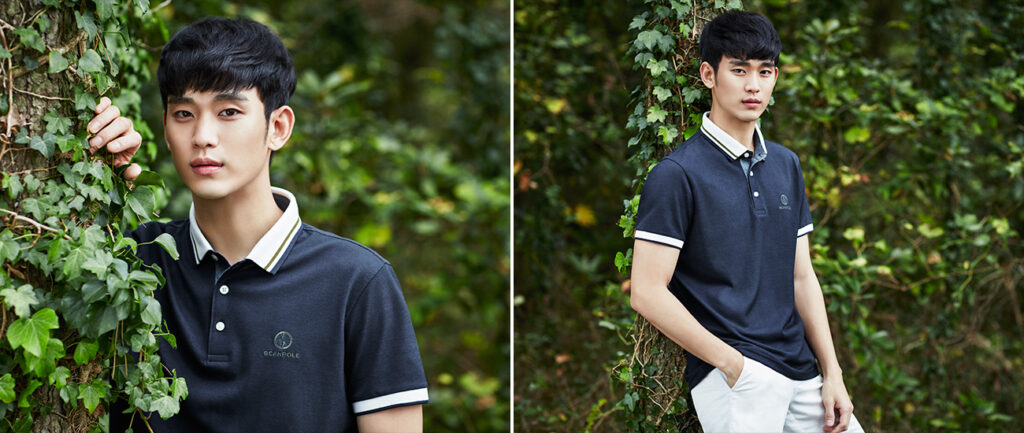
Clothes made from hanji textiles are becoming increasingly common in Korea, and Korean fashion houses are now looking to export hanji designs to overseas markets.
Textiles specialists slit, twist and weave papers to produce a sort of yarn known as hanji-sa. Scientists such as Yong Jae Chung of the Korean National University of Cultural Heritage, have spoken about the material’s breathability, ventilation, moisture absorption and antimicrobial properties.
Jae Young Heo, a team leader at Beanpole Outdoor, explains, “You can wear hanji clothing in every season, and the material has outstanding deodorizing effects. We expect our hanji range to become trendy business-wear this season. Consumers are increasingly demanding clothing made from natural textiles.”
Cool Customers
Beanpole Outdoor has created a range of shirts using hanji, made by blending high-performance polyester and rayon with hanji yarn.
Odor-resistant hanji fibers make the shirts absorbent and light, say Beanpole designers, meaning wearers stay cool in the summer, but also warm in the winter. And even though these round-neck and collared styles are made using paper fibers, Beanpole’s new range of hanji shirts are washable, stretchable and wrinkle-resistant.
Hyun Joo Kang, a researcher at the Korea Institute of Convergence Textile, says that although clothing made from hanji fabrics can be worn all year long, they are a perfect fit for the summer months.
Says Kang, “It is important to keep cool and fresh during the summer. Clothes made of hanji fabrics do not stick to the body, and therefore allow sweat to evaporate quickly. Since the fabric is odorless and antibacterial, it is also more hygienic than many other materials.”
By bringing in a traditional craft from the past, Beanpole is creating cooler clothes, with a number of advantages that are ideal to get you through the summer. But even more so, hanji is helping redefine what clothing can be and expanding our fashion possibilities.


